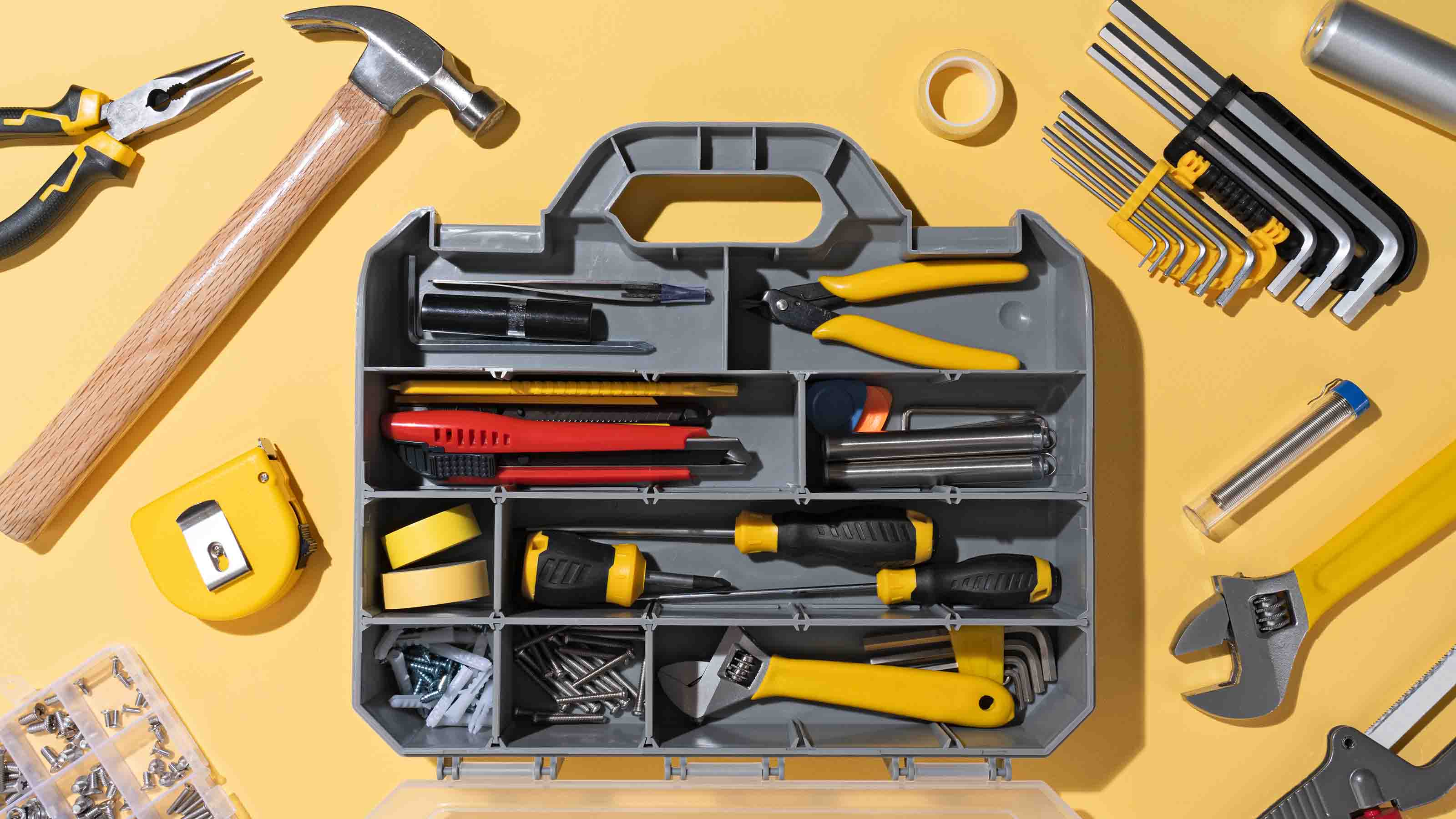Pick the Right Mortgage
Finding the right mortgage requires a bit of research. Here's how to get started.
If you're in the market for a mortgage, you'll want to hunt for the best loan -- interest rate, points, closing (processing) costs and, on adjustable mortgages, the most favorable adjustment features. However, don't pay much attention to who's originating the loan or where the lender is. Odds are your loan will be sold once or twice over its term and you'll end up making your payments to a different lender or loan servicer.
For most home buyers, the choices are these:
1. Do you want a fixed-rate or adjustable-rate mortgage?
From just $107.88 $24.99 for Kiplinger Personal Finance
Become a smarter, better informed investor. Subscribe from just $107.88 $24.99, plus get up to 4 Special Issues

Sign up for Kiplinger’s Free Newsletters
Profit and prosper with the best of expert advice on investing, taxes, retirement, personal finance and more - straight to your e-mail.
Profit and prosper with the best of expert advice - straight to your e-mail.
If you plan to stay in your house for years to come or indefinitely, then locking in a fixed rate, especially when it's relatively low, makes sense (the 30-year fixed rate hit a the historic low of 3.35% in late 2012 and hovered between 4.0% and 4.4% throughout most of 2014, according to Freddie Mac). Look for the best rate you can get. Paying 4.0% rather than 4.5% on a $200,000, 30-year fixed-rate mortgage will save you $59 each month.
On the other hand, say you plan to put the home up for sale in three to five years. You’d be smart to choose a hybrid ARM with an initial fixed-rate period (typically three, five or seven years) that matches how long you plan to stay. In this case points and closing costs are more important than getting the absolute lowest available rate, because you'll have less time to recoup those up-front costs with the lower payments and home-price appreciation. If you expect to refinance or pay off the ARM early, avoid a loan with a prepayment penalty, or try to negotiate away the penalty before you agree to take the loan.
2. Will your down payment be small or large?
Most lenders require a minimum of 3% to 5% down. If you put down at least 20%, you won't be required to pay an additional monthly premium for private mortgage insurance (PMI), which protects the lender if you default. The more you put down, the better the interest rate a lender will offer you.
3. Do you want a term of 15 or 30 years?
On a $200,000 loan with an interest rate of 4.0%, the difference in monthly payment between a 15- and a 30-year term would be $525. But15-year loans typically carry a slightly lower rate and reduce the interest you pay over the life of the loan. Borrowers who can afford the higher payment might choose the 15-year term in order to pay off the loan before their children head off to college or before they retire.
Profit and prosper with the best of Kiplinger's advice on investing, taxes, retirement, personal finance and much more. Delivered daily. Enter your email in the box and click Sign Me Up.
-
 Stocks Chop as the Unemployment Rate Jumps: Stock Market Today
Stocks Chop as the Unemployment Rate Jumps: Stock Market TodayNovember job growth was stronger than expected, but sharp losses in October and a rising unemployment rate are worrying market participants.
-
 Should You Renew Your CD?
Should You Renew Your CD?With rate cuts impacting earnings, we examine if now is a wise time to renew CDs.
-
 7 Ways to Plan Now to Save on Medicare IRMAA Surcharges Later
7 Ways to Plan Now to Save on Medicare IRMAA Surcharges LaterUnderstand the critical two-year lookback period and why aggressive planning before you enroll in Medicare is the most effective way to minimize IRMAA.
-
 AI Appliances Aren’t Exciting Buyers…Yet
AI Appliances Aren’t Exciting Buyers…YetThe Kiplinger Letter Artificial intelligence is being embedded into all sorts of appliances. Now sellers need to get customers to care about AI-powered laundry.
-
 Banks Are Sounding the Alarm About Stablecoins
Banks Are Sounding the Alarm About StablecoinsThe Kiplinger Letter The banking industry says stablecoins could have a negative impact on lending.
-
 Big Changes Are Ahead for Higher Ed
Big Changes Are Ahead for Higher EdThe Kiplinger Letter A major reform of higher ed is underway. Colleges are bracing for abrupt change, financial headwinds and uncertainty.
-
 What New Tariffs Mean for Car Shoppers
What New Tariffs Mean for Car ShoppersThe Kiplinger Letter Car deals are growing scarcer. Meanwhile, tax credits for EVs are on the way out, but tax breaks for car loans are coming.
-
 AI’s Rapid Rise Sparks New Cyber Threats
AI’s Rapid Rise Sparks New Cyber ThreatsThe Kiplinger Letter Cybersecurity professionals are racing to ward off AI threats while also using AI tools to shore up defenses.
-
 Blue Collar Workers Add AI to Their Toolboxes
Blue Collar Workers Add AI to Their ToolboxesThe Kiplinger Letter AI can’t fix a leak or install lighting, but more and more tradespeople are adopting artificial intelligence for back-office work and other tasks.
-
 AI Goes To School
AI Goes To SchoolThe Kiplinger Letter Artificial intelligence is rapidly heading to K-12 classrooms nationwide. Expect tech companies to cash in on the fast-emerging trend.
-
 What To Know if You’re in the Market for a New Car This Year
What To Know if You’re in the Market for a New Car This YearThe Kiplinger Letter Buying a new car will get a little easier, but don’t expect many deals.